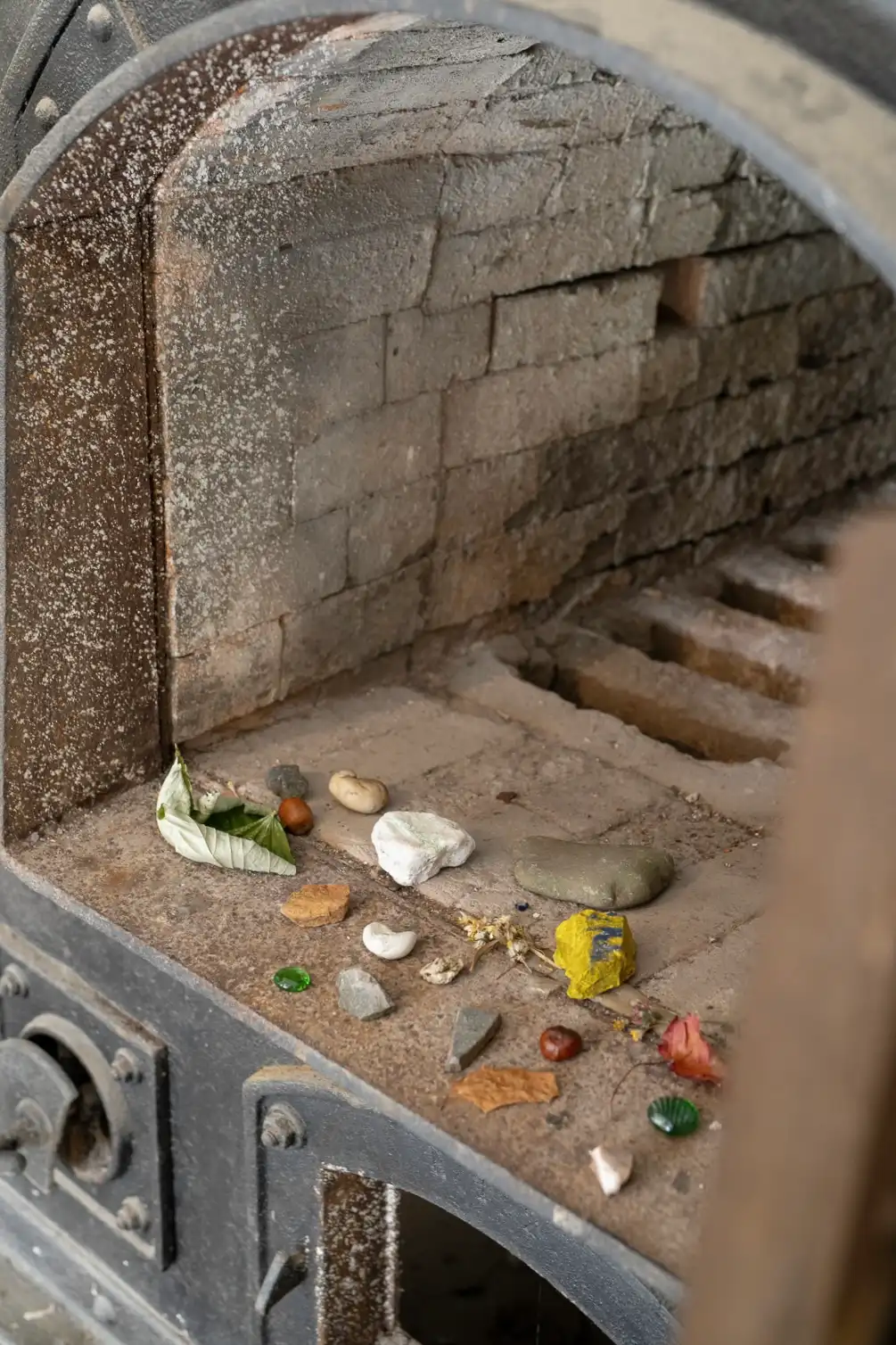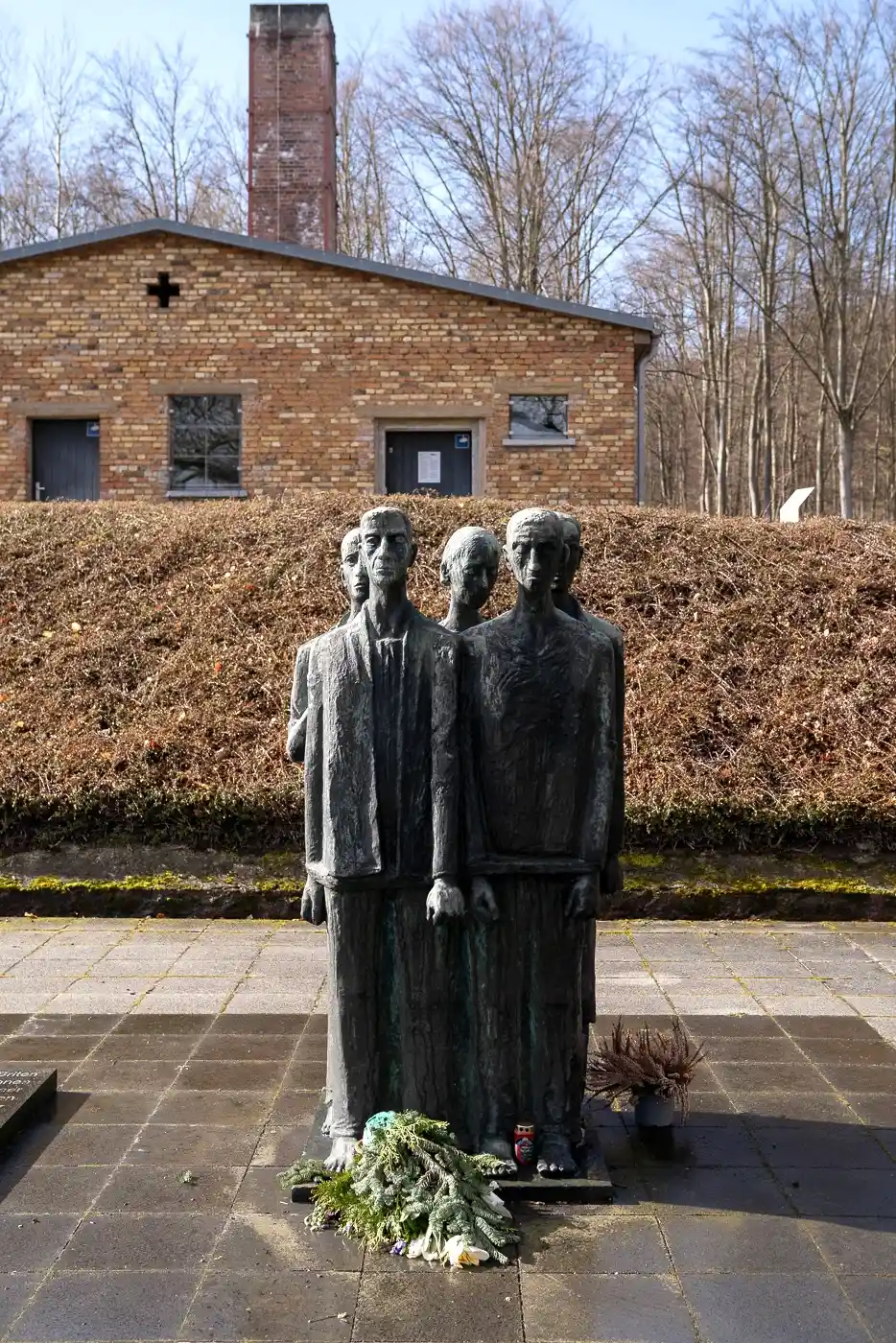80 Years Later: Visiting the KZ-Gedenkstätte Mittelbau-Dora Concentration Camp, Germany
- Taylah Simmons

- Sep 29
- 4 min read

Recently I visited the Mittelbau-Dora concentration camp in Germany - 80 years after it operated during the Second World War. I took some photos and placed them beside archival images to show how the space has changed- and, in many ways, how it hasn’t.
I hope the photos speak for themselves, with a few pieces of information included to support a deeper understanding.
Brief History:
-Operation: August 28, 1943 – April 11, 1945
-Location: Near Nordhausen, in central Germany
-Prisoners: Approximately 60,000 over its operation, with an average of 15,000 at any given time
-Death toll: Around 20,000 — one in every three prisoners
Mittelbau-Dora was initially established as a subcamp of Buchenwald to support the production of V-2 rockets (originally named the A4), part of Nazi Germany’s so-called “vengeance weapons” program. Prisoners - mostly political detainees, resistance fighters, Jews, and people from across Nazi-occupied Europe - were brought here because of their technical skills and trades.
Instead of being sent to extermination camps like Auschwitz with their families, they were forced into labor to support Germany’s secret weapons industry. The majority of the work took place underground in a vast tunnel complex called Mittelwerk, carved into the Kohnstein mountain. Prisoners worked 14-hour shifts in dangerous conditions - with no daylight, little food, no medical care, and many diseases. These weapons were a technological breakthrough but (obviously) came at a horrific human cost... More people died producing the rockets than were killed by them in combat.
The Execution Site
This site was used for executions - both as punishment and as a method of terror and control. Within the short two-year span of Mittelbau-Dora’s operation, 20,000 prisoners died from execution, starvation, exhaustion, illness, beatings, and inadequate shelter.

Left: Archive image property of the KZ-Gedenkstätte Mittelbau-Dora exhibition, Spring of 1945,
Right: Recent image- Taylah Simmons, 2025
The Crematorium
This is where the dead prisoners were burnt. Initially, all deceased prisoners were taken to the larger nearby Buchenwald camp to be cremated. But as the death toll was increasing, the Nazis installed a mobile oven at Mittelbau-Dora. Which soon became a permanent on-site crematorium, which still stands today:

Top: Archive image property of the KZ-Gedenkstätte Mittelbau-Dora exhibition, 1945.
Bottom: Recent image- Taylah Simmons, 2025
Below is a photo of a Polish concentration camp survivor and a US. Army soldier at the crematorium oven after the liberation. In the Nazi concentration camps these ovens were typically referred to as “Muffelöfen”, which translates to muffle ovens in English. This term describes the industrial-type cremation ovens used to burn bodies to dispose of the bodies of those who died from forced labor, starvation, disease, or execution.

Top: Archive Image taken by John R. Driza. © National Archives, Washington, 1945.
Bottom: Recent image - Taylah Simmons, 2025
20,000 people didn't survive this imprisonment.
At least 5,000 dead bodies were cremated in this building.
When the crematorium became overcrowded, the ashes of the deceased were dumped at the back of the building, and open-air pyres had to be used in desperation to keep up with the number of dead. This is an old method of cremation where bodies are placed on a structure made of wood and then set on fire, which is now illegal in most countries. (Except in India and Nepal where it is legal and culturally/religiously accepted, especially within Hindu traditions.)

Top Archive image from State Archives of the Russian Federation. April 1945.
Bottom: Recent image- Taylah Simmons, 2025
"Since our crematorium was working over capacity, bonfires were set up so that the corpses could be piled on top of them in layers. We spent the day pulling at clothing that was smeared with blood and excrement, and touching cold flesh. It was pure and utter horror." -Stéphane Hessel (1953) - Former Prisoner and French resistance fighter against the Nazis (I would highglt recommend further reading and research)
Liberation
The camp was liberated on the 11th of April, 1945, when American soldiers entered and began evacuating the Mittelbau camps. Only a few hundred extremely ill prisoners had survived to be liberated. Among thousands of corpses, some inmates were still alive and received immediate medical attention.
Present-Day Memorial and Exhibition
After the war, the site was taken over by the Soviet Military Administration in 1946. The crematorium was preserved and transformed into a memorial. Between 1963 and 1990, it functioned as a museum under East German administration. After reunification of Germany, Mittelbau-Dora became a national memorial site, dedicated to remembrance, education, and the fight against forgetting.
A permanent exhibition on site now tells the full story of Mittelbau-Dora - from the lives of the prisoners, to the weapons they were forced to build, to the complicity of German industries and civilians.
“The exhibition reveals the diverse network of relationships between the camps and their social environments and contributes to a critical examination of the issue of perpetrators and the responsibility of accomplices and bystanders.” — Mittelbau-Dora Memorial Website
It is hard to put into words the weight of standing in a place where so many suffered and died. I felt it then, and I feel it now as I put this article together.
I hope these photos, paired with fragments of history, can speak to that heaviness—and help others grasp the magnitude of these dark times of the history.







Comments